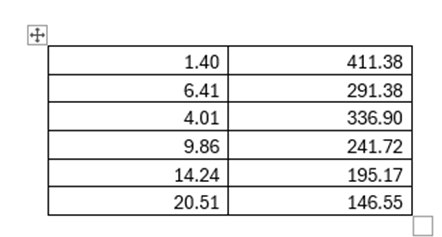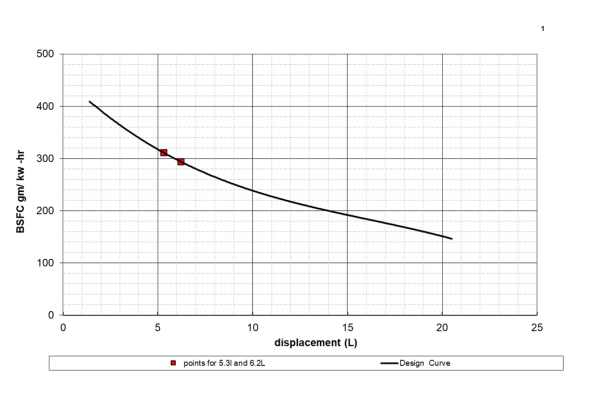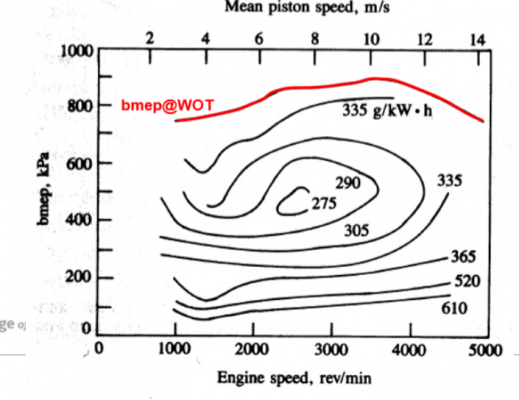Antonm
Full Access Member
- Joined
- Apr 2, 2024
- Posts
- 397
- Reaction score
- 405
Lets look at this drastic difference you've called out here. Which is an efficiency difference, thermal efficiency in this case. Which I've said all along the two engines efficiencies' are very similar,,, similar enough to be negligible and considered the same.
Looking at the scales on both axis, not a lot difference between 5.3 and 6.2, but since I'm sitting in front of an internet connected computer (its a work day after all) lets quantity that particular efficiency difference I say is negligible with actual hard numbers shall we.
First lets digitize that graph using this open source (available on the internet) program .
WebPlotDigitizer - Copyright 2010-2024 Ankit Rohatgi
That'll allow us to pull actual numbers off the graph without being accused of interpretation error. So that give us the below points we can throw into excel and re-create the curve.

After a little copy/ paste and graphing in excel, we get this, and we can extrapolate values for 5.3 and 6.2 L from it pretty accurately.

Y axis value of 5.3L = 311
Y axis value of 6.2L = 294
For delta of 17
But those numbers are in gm/KW-hr,,,,so lets do some unit conversions over to freedom units.
Each gallon of gasoline has 3217 grams, so that comes out to 0.0052 gals/ kw-hr
128oz/ gal so, 0.67oz/ kw -hr,,,, but who likes talking in terms of KW, so with 1.341 hp /KW that comes out to a whopping 0.504 oz/ hp-hr.
A tablespoon contains 0.5oz ,,,, so a tablespoon is the BSFC delta between 5.3 and 6.2L in hp-hr.
So lets take this a step further because hp-hr is kind of a strange term that's not really relatable.
Lets say driving down the road at 70 mph it takes 200 hp to keep the car moving (which is within the realm of reason for these heavy bricks) and you do that for one hour. So that means the delta in fuel usage for that hour is 100oz (0.5oz * 200hp for one hour). So in that hour/ 70 miles you used an additional .78 gallons of fuel, so your fuel consumption went up by 0.011 mpg. Better get Greta on the phone, you've fixed all the worlds issues.
Considering the fuel consumption of these engines in general, I'm calling that the same.
So again, burn the same amount of fuel (at the same afr) in two engines with the same efficiencies , get the same amount of power.
...
Last edited:






